-

Muscle Layers of the Foot
There’s a bundle of muscles piled, one on top of the other, in the sole of the foot. But, for convenience, it is described in four layers starting from the outermost and working your way in… just like you would in an actual dissection. There are 4 muscle layers of the foot, and this article Continue reading
-
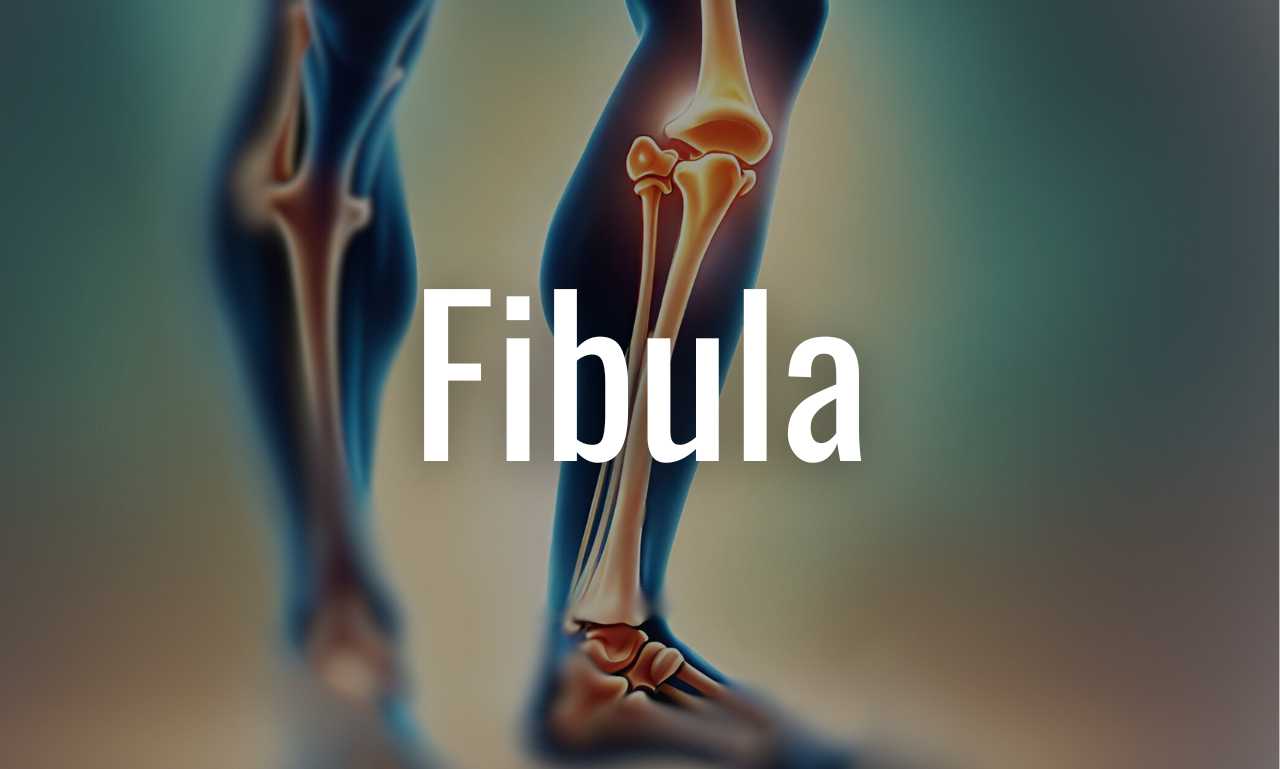
Fibula: The Smaller Leg Bone
The fibula is one of the two bones in the lower leg, alongside the tibia. While the tibia bears most of the body’s weight, the fibula serves several important functions. Let’s explore the anatomy and clinical aspects of the fibula. Its upper limb counterpart ulna carries a lot of functional similarities to this. Anatomy of Continue reading
-

Femoral Sheath: Anatomy and Function
The femoral sheath is a vital anatomical structure located in the upper thigh region. It plays a crucial role in housing and providing support to the femoral vessels. Understanding its anatomy and function is essential for healthcare professionals, as it has clinical significance in various medical procedures and conditions. Let’s explore the femoral sheath in Continue reading
-
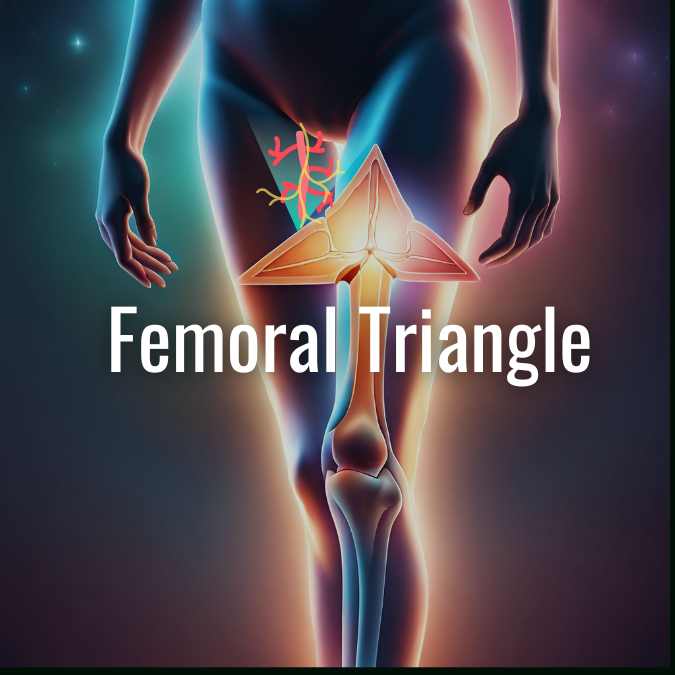
Femoral Triangle: A Comprehensive Guide
The femoral triangle is a triangular depression located on the front of the upper one-third of the thigh, just below the inguinal ligament. It serves as an important anatomical landmark in the thigh region. Let’s explore the boundaries, contents, and clinical significance of the femoral triangle. Definition and Boundaries Boundaries Description Superior/Base Inguinal ligament Lateral Continue reading
-

Popliteal Fossa
The popliteal fossa is a unique anatomical feature located behind the knee joint, formed by the lower part of the femur and the upper part of the tibia. This rhomboid-shaped depression is of great clinical importance due to the presence of various structures and their interactions within this region. It’s counterpart in the upper limb Continue reading
-
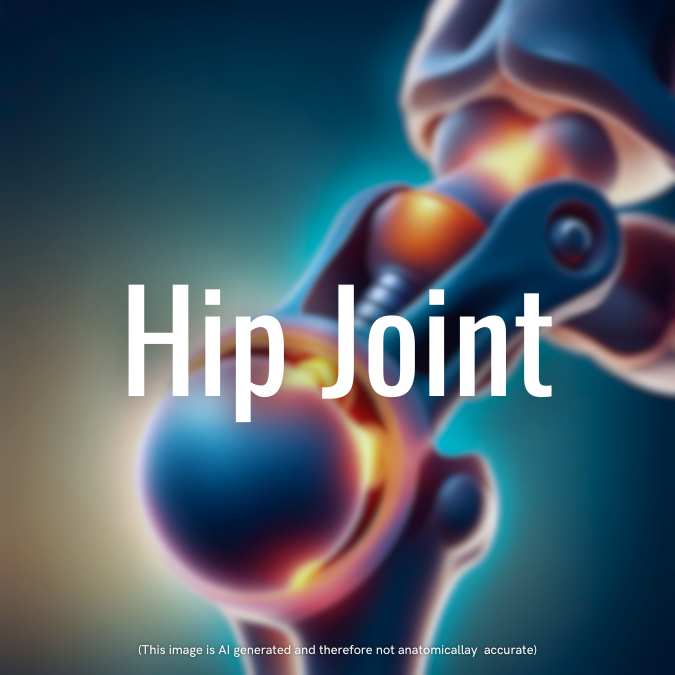
Hip Joint: Structure, Function, and Clinical Considerations
The hip joint is a synovial joint known for its stability and mobility. It is a multi-axial ball and socket joint, allowing movement in multiple directions. In this article, we will explore the anatomy, ligaments, movements, blood supply, and nerve supply of the hip joint, as well as some important clinical considerations. Anatomy of the Continue reading
-
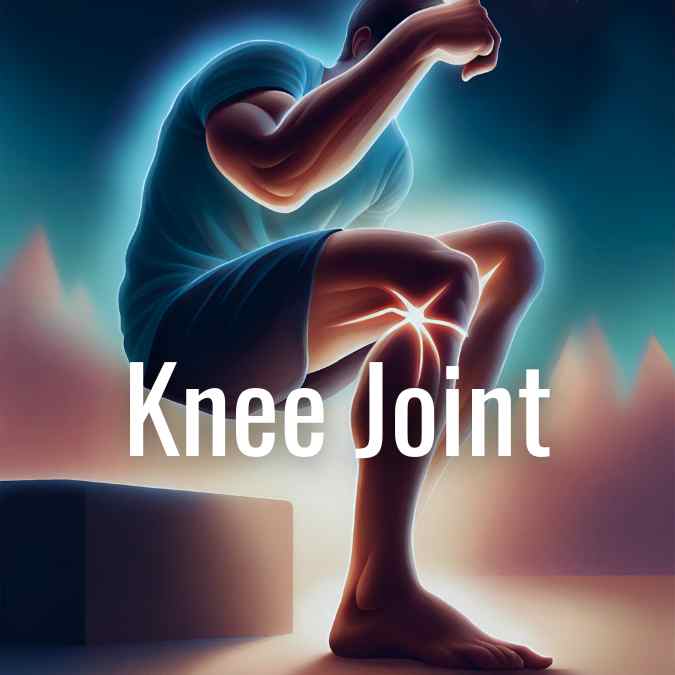
Knee Joint: Structure, Function, and Clinical Considerations
The knee joint is a complex synovial joint that plays a crucial role in lower limb movement and stability. In this article, we will explore the anatomy, ligaments, bursae, and movements of the knee joint, as well as some important clinical considerations. Anatomy of the Knee Joint The knee joint consists of two condylar joints Continue reading
-
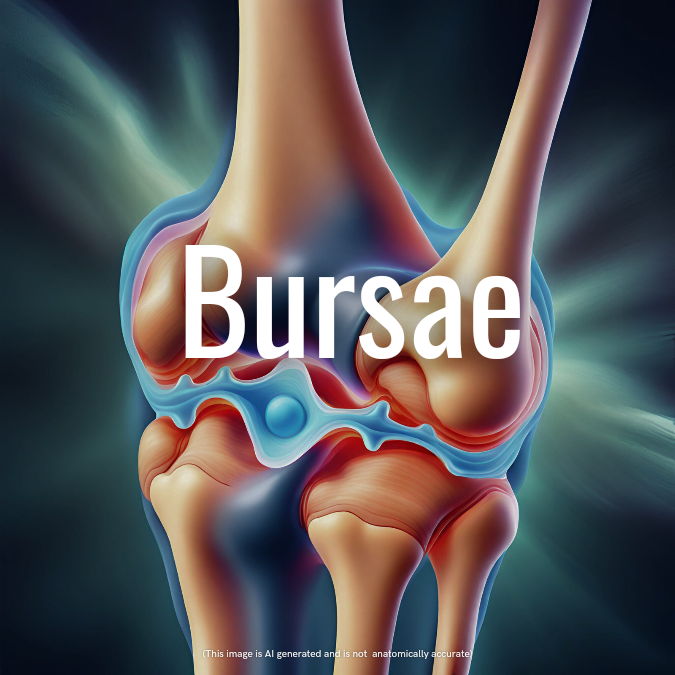
Bursae of the Lower Limb and Associated Clinical Conditions
The lower limb contains several bursae, which are fluid-filled sacs that help reduce friction between tissues. In this article, we will explore the bursae of the lower limb and their associated clinical conditions. Weaver’s Bottom: This condition refers to the inflammation of the bursa over the ischial tuberosity, which occurs as a result of excessive Continue reading